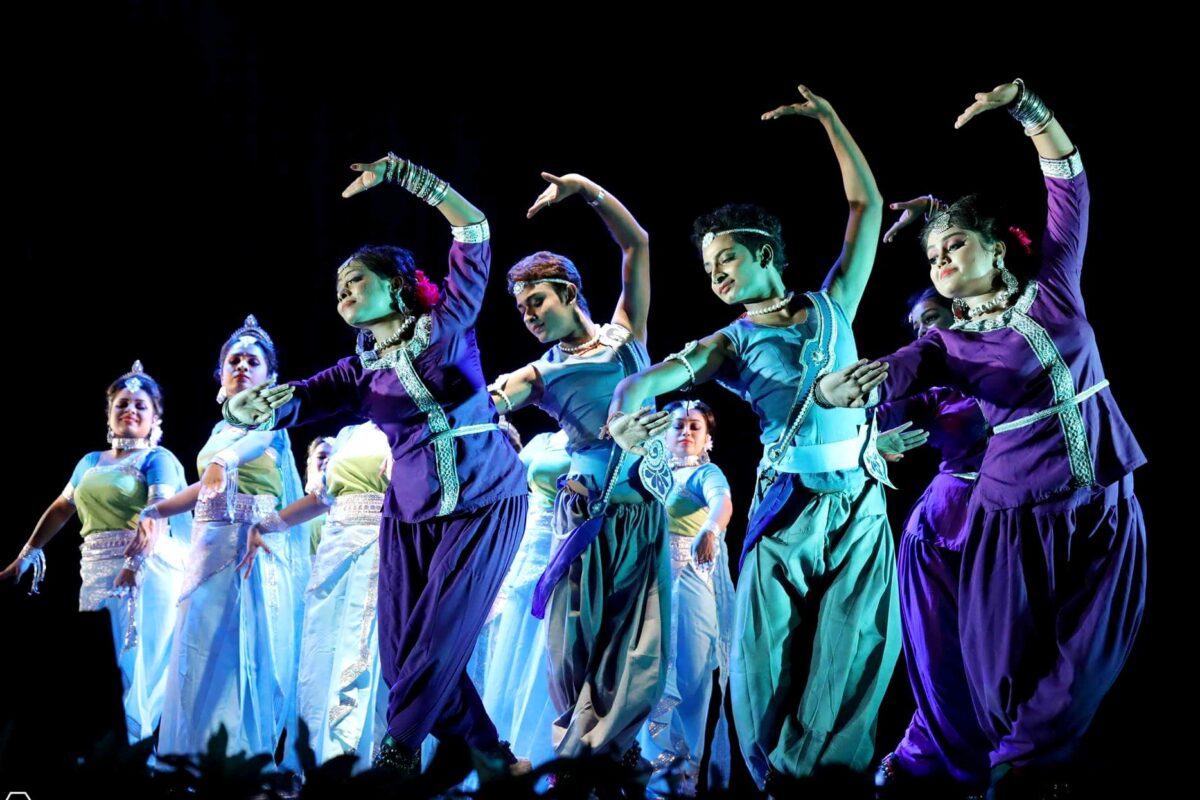Dancing is a universal language that allows you to express yourself, have fun, and stay active. Whether you’re preparing for a special event, trying to impress at a party, or just looking to learn a new skill, mastering basic dance steps is a fantastic way to start. In this guide, we’ll break down 10 essential dance steps for beginners, ensuring you’re well-equipped to hit the dance floor with confidence!
1. The Two-Step:
The two-step is a fundamental move for various dance styles, including country and ballroom. Begin by stepping to the side with your right foot, then bring your left foot to meet it. Repeat the process in the opposite direction, stepping with your left foot first.
2. The Box Step:
Perfect for dances like the waltz or foxtrot, the box step forms the basis of many ballroom routines. Start by stepping forward with your right foot, then side with your left foot, step back with your right foot, and finally, bring your left foot next to your right.
3. The Grapevine:
Common in line dancing and other genres, the grapevine involves crossing one foot behind or in front of the other while stepping to the side. Begin with your right foot crossing behind the left, then step to the side with your left foot. Cross your right foot over the left, and then step to the side with your left foot again.
4. The Cha-Cha Slide:
A classic at parties, the cha-cha slide is all about following the steps called out in the song. It’s a fun way to get everyone involved and moving together.
5. The Shimmy:
Add a touch of flair with the shimmy – an energetic, quick side-to-side movement of your shoulders. Keep your feet planted and let your upper body do the work.
6. The Body Roll:
For a smoother groove, practice the body roll. Start by arching your back, then tuck in your pelvis and roll your spine upward, followed by your chest and shoulders.
7. The Running Man:
An iconic move in hip-hop culture, the running man involves hopping on one foot while kicking the other leg out and then quickly switching legs. Alternate legs rapidly, as if you’re running in place.
8. The T-step:
Popular in various electronic dance styles, the T-step involves creating a “T” shape on the floor with your feet. Cross one foot behind the other, then step to the side with the front foot, and follow with the back foot.
9. The Jazz Square:
Found in jazz and contemporary routines, the jazz square is a four-step sequence. Cross your right foot over the left, step back with your left foot, step to the side with your right foot, and finally, close your left foot next to your right.
10. The Freestyle:
Don’t forget to let loose and freestyle! Move your body to the rhythm, incorporating the steps you’ve learned, and adding your unique style.
Conclusion
Dance is a joyful form of self-expression, and mastering these 10 basic dance steps for beginners will undoubtedly boost your confidence on the dance floor. Remember, practice makes perfect, so take your time to refine each move. Whether you’re attending a wedding, a club night, or just dancing in your living room, these fundamental steps will set you on the path to becoming a more confident and skilled dancer. So, put on your favorite music and start grooving your way to dance mastery!
 Flat No. B3, 10D, Ananda Palit Road, Entally, Kolkata - 700 014 |
Flat No. B3, 10D, Ananda Palit Road, Entally, Kolkata - 700 014 | 



